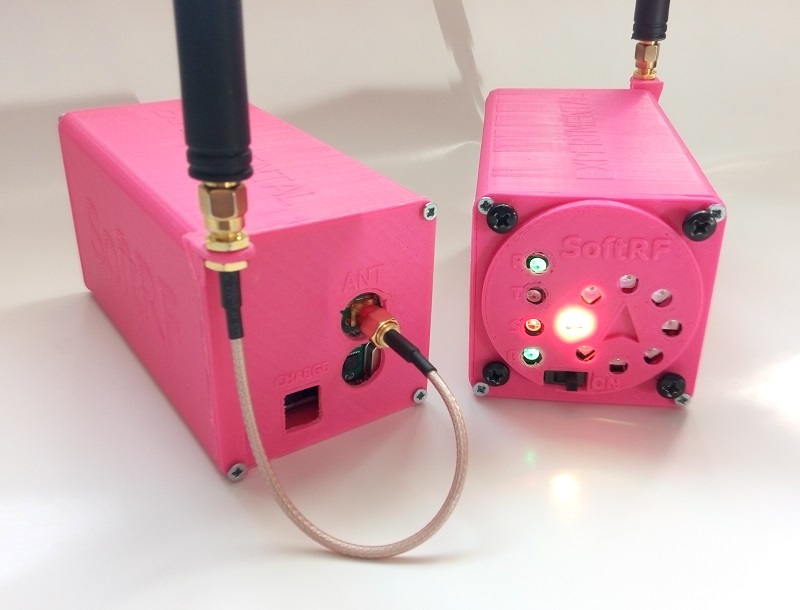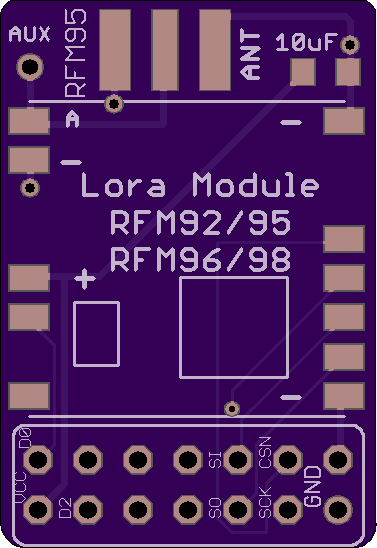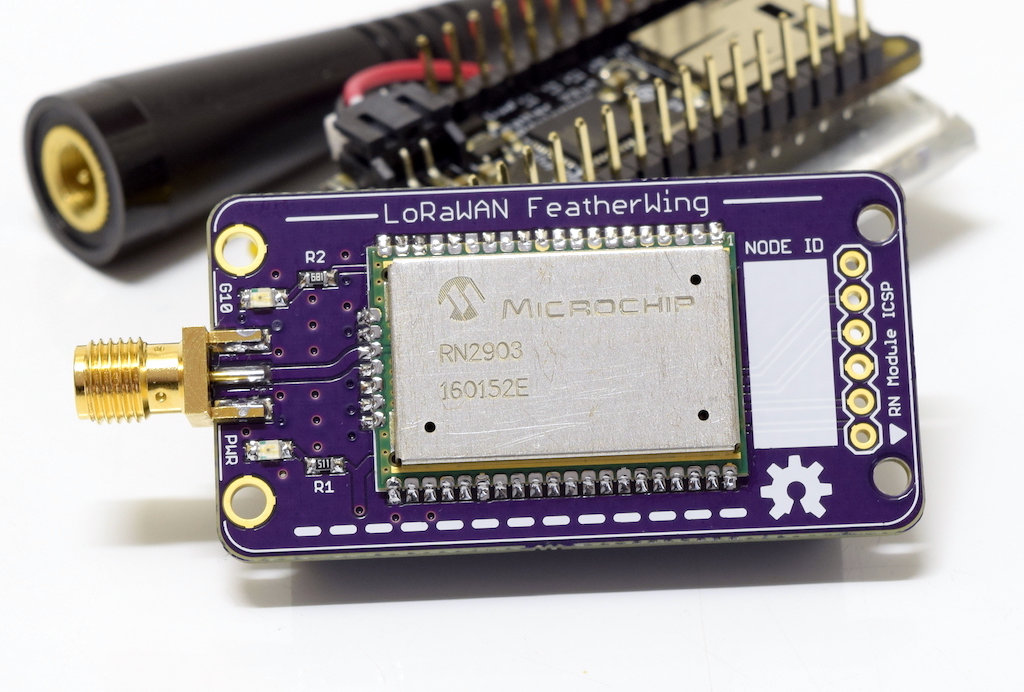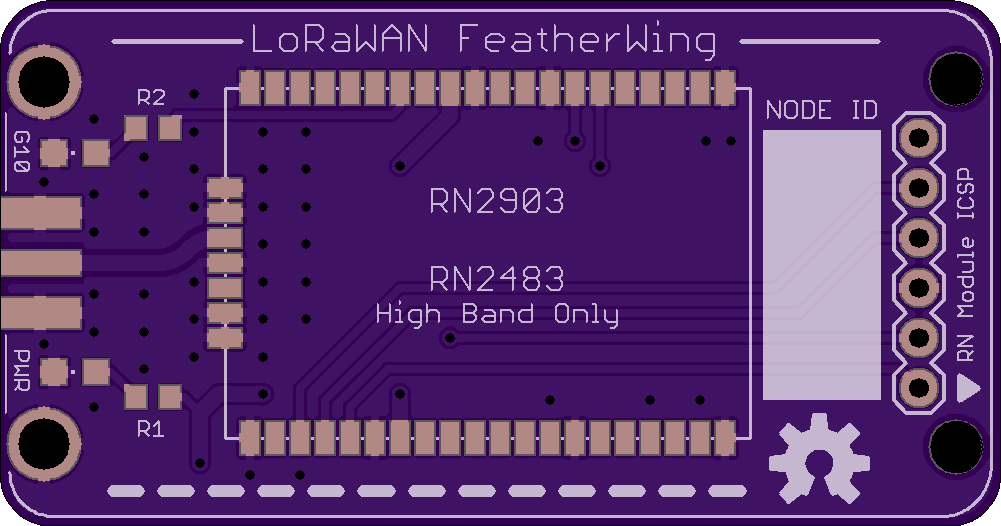MakerTronika Labs in Azerbaijan created this LoRaWAN capable dev board in Feather form factor:
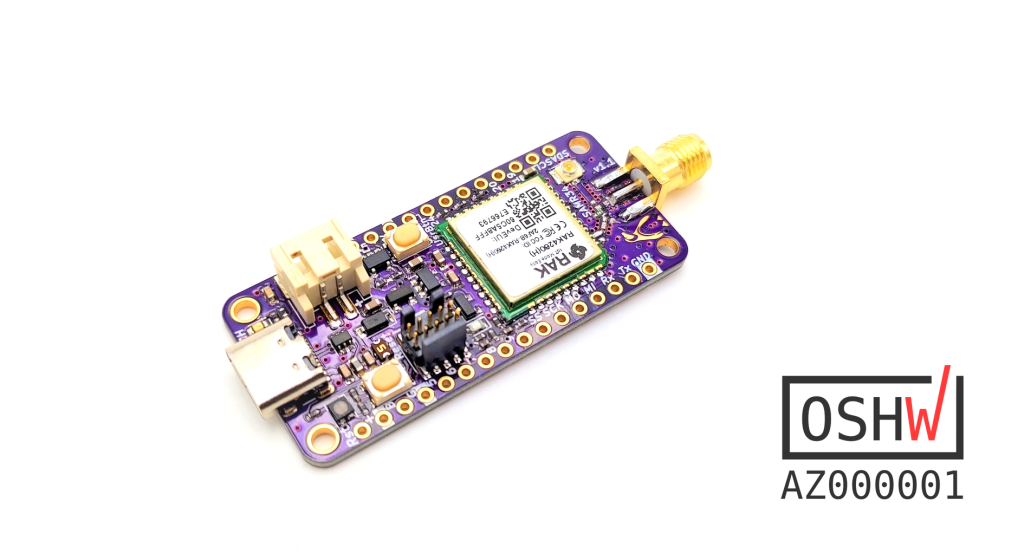
Penguino Feather 4260 (SAMR34) LoRa Dev-Board
This is a SAMR34 based LoRa/LoRaWAN™ dev-board with all the necessary components for fast prototyping. It’s a successor of my previous Penguino SAMR34 design. The new design uses the RAK4260 module from @RAKWireless and improves on some aspects, such as a USB Type-C, a RGB LED, a user button, battery protection & voltage supervision, and optional flash & per-provisioned secure element IC pads.
Current HW version is v.1.2 and it’s offered in green soldermask (ENIG). All the design files can be found on my GitHub.
From v.1.2 onward the Penguino board also features CH340E USB-to-UART converter to further ease the development.


